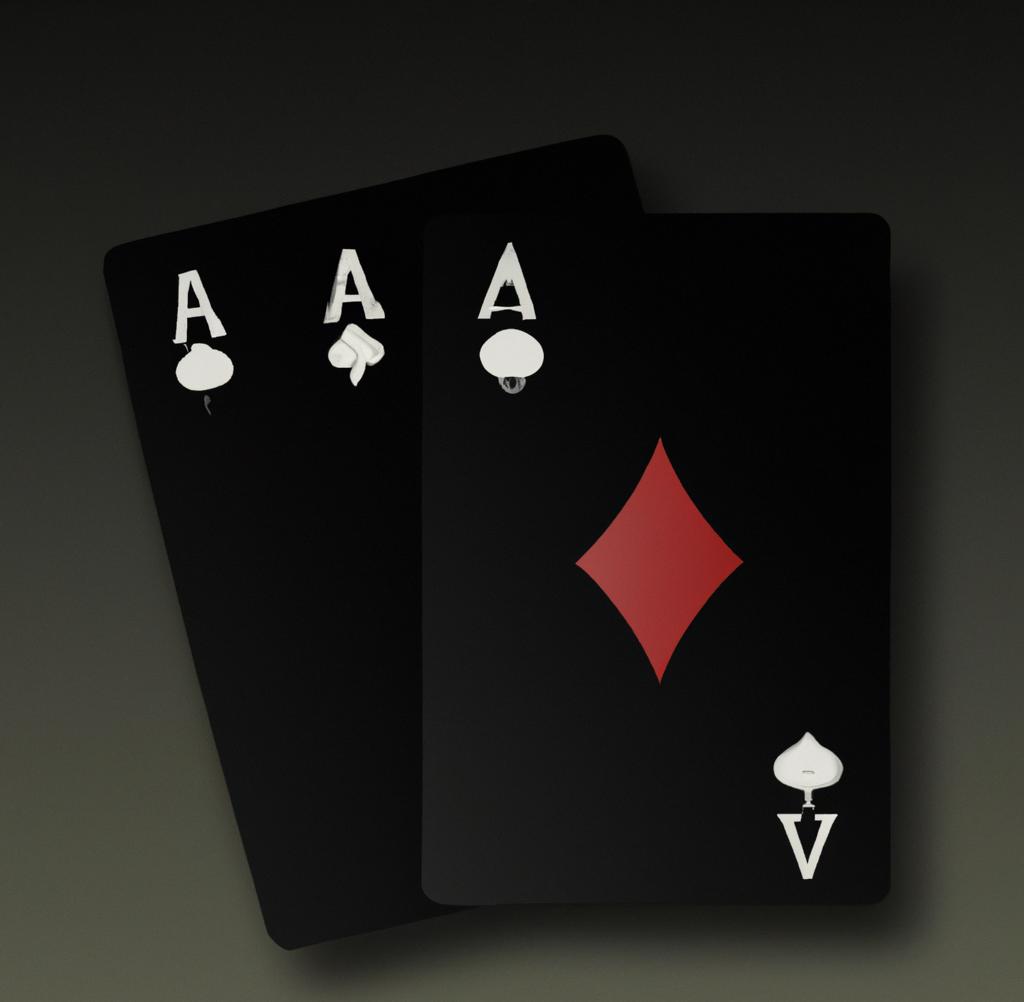When it comes to playing blackjack, one of the most important decisions you’ll make is whether or not to split your cards. Splitting can be a great way to increase your chances of winning, but it’s not always the best strategy. In this article, we’ll take a closer look at which cards you should split in blackjack and why.
First off, let’s start with what splitting means in blackjack. When you are dealt a pair of cards that are of the same rank (such as two 6s or two Jacks), you have the option to split them into two separate hands. This will require you to place an additional bet equal to your original bet, and each new hand will be dealt one additional card.
Exclusive BlackJack Casino Offers:
Now that we know what splitting is, let’s dive into which cards you should split. As a general rule, you should always split Aces and 8s. A pair of Aces gives you two opportunities to get a blackjack (which pays out at 3:2 odds), while splitting 8s gives you the chance to improve your hand from a total of 16 (which is considered weak) to potentially two hands with more favorable totals.
Beyond those two obvious choices, there are some other situations in which splitting can be beneficial. For example:
– Splitting 2s and 3s against a dealer’s upcard of 4-7: This may seem counterintuitive since these low-value cards aren’t worth much on their own. However, if the dealer has a weak upcard (meaning they’re more likely to bust), splitting can give you multiple chances to win.
– Splitting 6s against a dealer’s upcard of 3-6: Similar to the above scenario, splitting 6s gives you two opportunities for better hands against a weaker dealer upcard. – Splitting 7s against a dealer’s upcard of 2-7: Again, this gives you two chances to improve your hands against a potentially weak dealer upcard.
On the flip side, there are some cards that you should almost never split. For example:
– Never split 10s: A pair of 10s gives you a total of 20, which is a very strong hand. Splitting them would give you two weaker hands that are unlikely to be better than 20.
– Never split 4s or 5s: These cards are too weak to justify splitting them into two hands. It’s better to keep them together and hope for a lucky draw or opt for another strategy altogether.
It’s important to note that these guidelines aren’t hard and fast rules – there may be situations in which you want to deviate from them based on the specific game being played, the number of decks in use, and other factors. However, as a general rule, following these recommendations will put you in a good position to make smart splitting decisions.
In conclusion, splitting can be an effective way to increase your chances of winning at blackjack – but only if you do it strategically. Always split Aces and 8s, consider splitting low-value pairs in certain situations, and avoid splitting strong hands like 10s whenever possible. With these guidelines in mind, you’ll be well on your way to making informed decisions at the blackjack table.





